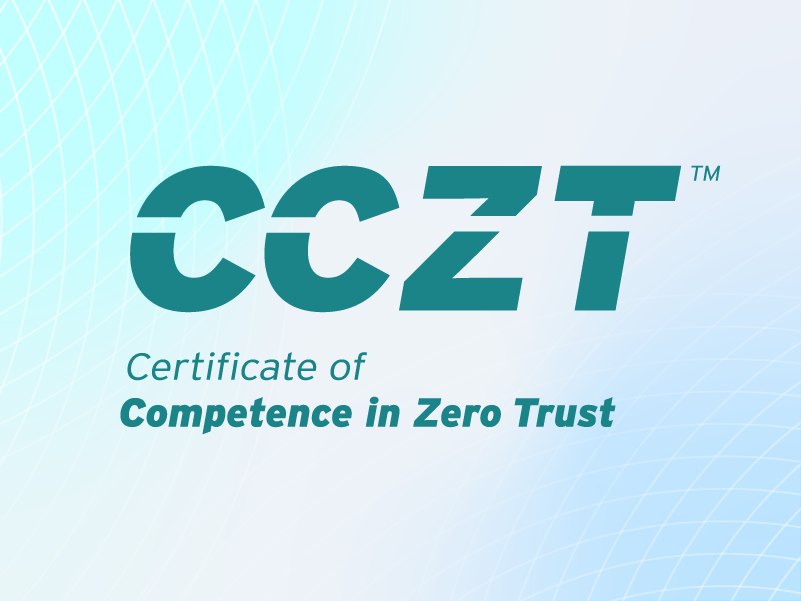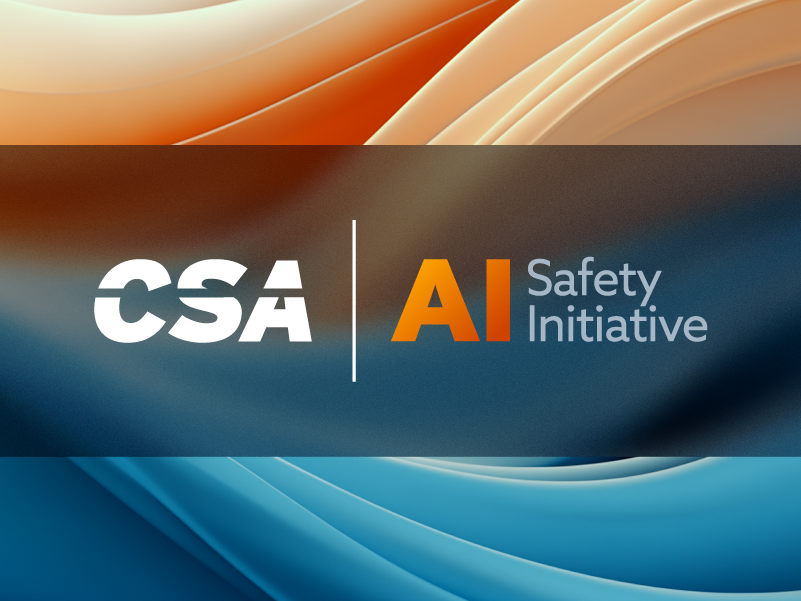Role Engineering for Modern Access Control
Published 10/01/2025
In theory, Role-Based Access Control (RBAC) is elegant. In practice, it’s often anything but.
Over time, even the most disciplined identity programs fall prey to the usual culprits: role creep, stale entitlements, convoluted hierarchies, and a sprawling mess of redundant or overlapping roles. What started as a clean access control framework became a high-risk operational nightmare.
Role Engineering is how security teams take back control, transforming bloated, manual, and brittle RBAC models into streamlined, scalable access controls built for least privilege.
What Is Role Engineering?
Role Engineering is the process of designing, optimizing, and maintaining role structures that align user access with business needs while adhering to the principle of least privilege. It’s a critical part of identity security and access governance, especially as environments grow more complex across SaaS, IaaS, and hybrid infrastructure.
Why Traditional RBAC Fails in the Real World
Let’s call it like it is – static roles age poorly.
Over time, they decay—layer by layer—into brittle frameworks that can’t support today’s access needs.
What starts as a clean, least-privilege model gradually rots into an over-permissioned, unmanageable mess—fueling excessive access, audit headaches, and silent risk.
Common failure patterns in role-based access control:
- Privilege Creep & Over-Provisioned Users: Access is often assigned based on intuition, outdated templates, or copy-paste habits. The result? Privilege creep, excessive entitlements, manual review debt, and increasing risk.
- Redundant & Overlapping Roles (Role Explosion): Similar or identical roles stack up over time, creating complexity, confusion, and compliance gaps.
- Stale Roles: Roles tied to legacy projects or outdated org structures remain active, creating complexity and silent vulnerabilities.
- Multiple Access Paths: Users gain access – intentionally or unintentionally – through nested role hierarchies. Auditability suffers. So does accountability.
- Over-Provisioned Roles: Even well-designed roles eventually bloat with unneeded permissions, violating the principle of least privilege.
- Lack of Role Standardization: Inconsistent naming, scope, and purpose lead to downstream errors and security risks.
These symptoms aren’t random, nor are they limited to just a couple of applications—they’re systemic. And they all point to the same root cause: traditional RBAC can’t keep up with the speed and sprawl of modern access. Our Chief Security & Trust Officer, Mike Towers, breaks this down in more detail in a post where he explores why static roles are breaking under dynamic pressure and what a smarter, more adaptive approach looks like.
A Modern Approach to Role Governance
Role Engineering doesn’t just help you survive RBAC. It helps you engineer smarter roles—with automated insights, data-driven recommendations, and unified access across your cloud, on-prem, and SaaS environments.
Role Analytics: See the Full Picture
Use Role Engineering capabilities to get the full story on your RBAC posture—from visualizing role sprawl to cleaning up stale, overprivileged access.
- Role Intelligence: Visualize your current role landscape; redundant roles, deep hierarchies, orphaned entitlements, and spot the inefficiencies dragging you down.
- Role Mining: Analyze usage patterns and permission overlaps across users and roles to identify candidates for cleanup, consolidation, or retirement.
- Role Comparison: Assess two or more roles side-by-side to highlight differences in permissions or attributes and reduce error-prone duplication.
- Redundancy Detection: Surface and eliminate duplicate or overlapping roles before they explode into a governance nightmare.
Role Recommendations: Automate Smart Access Decisions
Don’t guess—use data to guide access decisions.
- Entitlement Recommendations: Assign only what’s necessary—reduce access sprawl.
- Role Matching: Check if a suitable role already exists before creating a new one.
- Role Substitution: Swap overprivileged roles for least-privilege alternatives.
- Assignment: Auto-provision users with access tailored to their role, team, and responsibilities.
Role Definition: Build Smarter Role Structures
Use Role Engineering to define and deploy efficient roles based on actual user entitlements, not outdated templates.
- Dynamic Role Modelling: Define optimized roles based on real-world access patterns—ready for review and deployment.
- Nested Role Flattening: Eliminate deep hierarchies that complicate visibility and increase the risk of overprivilege.
- Role Rationalization: Consolidate and reduce the total role count while improving precision.
The bottom line? Least privilege isn’t a one-time project—it’s a continuous discipline. And role engineering is your foundation. For a deeper dive into how Intelligent Access transforms enterprise access control, check out our eBook, co-authored by Veza CEO Tarun Thakur and renowned security exec Phil Venables.
Role Engineering in Action: Use Cases & Outcomes That Matter
Strategic Gains: Identity Security That Sticks
Role Engineering helps identity teams move beyond role explosion and static templates—toward access governance that’s intelligent, automated, and continuously adaptive.
- Enforce Least Privilege at Scale – Eliminate excessive access by aligning roles to how work actually gets done.
- Boost Audit Readiness – Real-time visibility into entitlements makes compliance simple, even in complex environments.
- Modernize Role Modelling – Replace spreadsheets and legacy modelling tools with automated insights from a unified access graph with permission-level visibility.
- Go Hybrid with Confidence – Manage roles consistently across SaaS, cloud, and on-prem systems.
Operational Efficiency: Fewer Tickets, Faster Decisions
Automated insights and role-aware workflows reduce overhead across security, IT, and application teams.
- Simplify Reviews – Simplify Reviews – Use cohort-based insights to define consistent birthright access, reducing review scope and manual effort.
- Clean Up Role Sprawl – Spot duplicates, compare roles side-by-side, and remove the noise.
- Cut the Service Desk Churn – Streamline access requests and reduce downstream IAM bottlenecks.
- Empower App Owners – Let business teams review and manage access using plain-language roles tied to their applications. No IAM expertise required.
- Grant Access Just-In-Time – Minimize standing privileges by delivering temporary access only when it’s needed.
Fix RBAC. For Real This Time.
RBAC has a reputation problem—but that doesn’t mean we should abandon it. The truth is, RBAC can work—if you engineer it right.
Related Resources



Unlock Cloud Security Insights
Subscribe to our newsletter for the latest expert trends and updates
Related Articles:
Why Compliance as Code is the Future (And How to Get Started)
Published: 12/04/2025
Killing Standing Privileges: Why Just-in-Time Access is the Future of PAM
Published: 12/04/2025
Why AI Won't Replace Us: The Critical Role of Human Oversight in AI-Driven Workflows
Published: 12/03/2025
The CSA Cloud Controls Matrix v4.1: Strengthening the Future of Cloud Security
Published: 12/02/2025


.jpeg)
.jpeg)
.jpeg)
.jpeg)